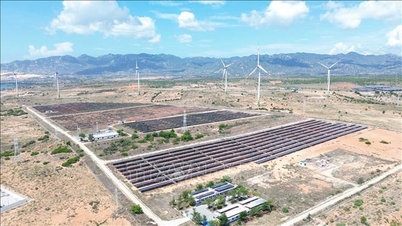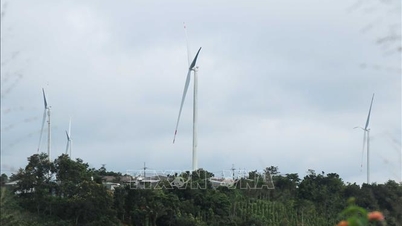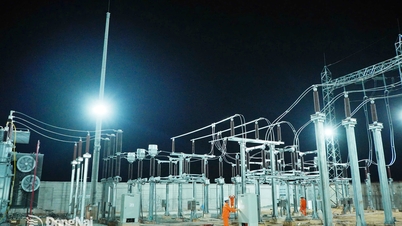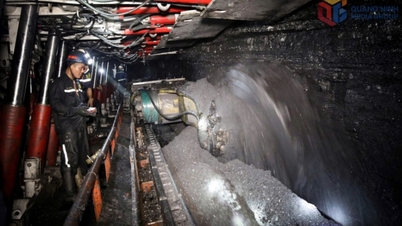The US Department of Energy (DOE) aims to maintain America's leadership in high-performance computing. The DOE is inviting bids to design an advanced supercomputer called Discover to replace Frontier, the world's fastest supercomputer currently, which is expected to reach 8.5 exaflops.
The supercomputer is built with AMD Epyc processors, consists of 74 HPE Cray EX computer racks, and contains nearly 8.7 million CPU cores combined with GPUs. In addition, the machine has a Linpack performance score of up to 1,206 exaflops. An exaflop is a unit of measurement of the total computing power of a computer system, equivalent to one billion billion floating-point calculations per second.

While the DOE has not specified exact performance targets for Discovery, the new supercomputer is expected to deliver three to five times the computing power of Frontier, potentially exceeding 8.5 exaflops. According to Matt Sieger, Discovery project manager at ORNL, Discovery will revolutionize scientific research in a variety of fields, driving breakthroughs in climate change prediction, drug discovery, high-energy physics, and green energy solutions thanks to its increased computing power.
Speaking about Discovery's potential, Georgia Tourassi, ORNL's associate director for computer science, stressed that the scientific community will be able to model real-world situations at a new level of detail. "It will help us study challenging problems that can't be easily explored by experiment, observation, or theory alone," Tourassi said.
In addition to scientific applications, the new supercomputer is designed to excel at artificial intelligence and machine learning tasks, pushing the boundaries in materials science and industrial product design. Additionally, Discovery will play a key role in DOE’s Integrated Research Infrastructure initiative, which aims to combine a variety of research tools and scientific facilities.
The DOE has set a deadline of August 30, 2024, for bidders to submit proposals for the Discovery supercomputer, with delivery to the Oak Ridge Top Computing Facility (OLCF) scheduled for 2027 or early 2028. Instead of specifying a speed target, the DOE outlined a number of requirements for the next-generation system, including improved energy efficiency, system-wide modeling and simulation, and upgraded AI and machine learning capabilities.
Energy efficiency remains a top priority for the OLCF, which has increased its computing capacity 500-fold while its electricity consumption has increased only 4-fold over the past decade. Once operational, Discovery is expected to be accessible to researchers around the world.
According to Intellectual Property and Innovation
Source: https://doanhnghiepvn.vn/cong-nghe/my-se-san-xuat-sieu-may-tinh-manh-gap-5-lan-ky-luc-hien-nay/20240804081042099






![[Photo] Prime Minister Pham Minh Chinh inspects and directs the work of overcoming the consequences of floods after the storm in Thai Nguyen](https://vphoto.vietnam.vn/thumb/1200x675/vietnam/resource/IMAGE/2025/10/08/1759930075451_dsc-9441-jpg.webp)
![[Photo] Prime Minister Pham Minh Chinh attends the World Congress of the International Federation of Freight Forwarders and Transport Associations - FIATA](https://vphoto.vietnam.vn/thumb/1200x675/vietnam/resource/IMAGE/2025/10/08/1759936077106_dsc-0434-jpg.webp)
































































































Comment (0)